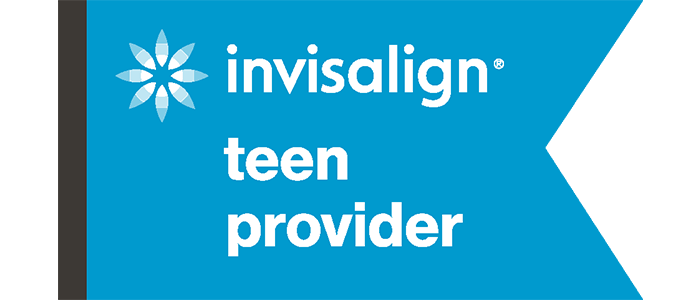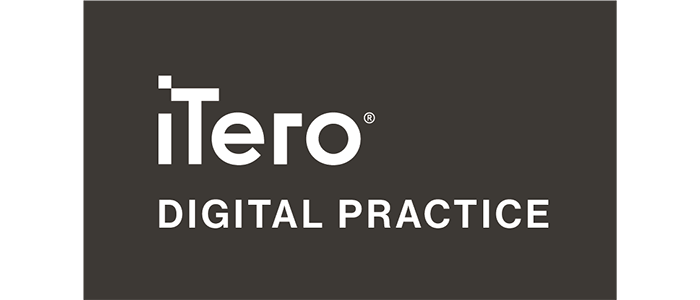
If your upper and lower teeth have never really fit together in the best way, don’t be intimidated to seek out orthodontic treatment from our Gainesville and Lake City, FL, orthodontists. After all, it’s what we’re here for! Bite misalignment is not uncommon and can be rectified with the right plan, which we’ll determine for you.
Here are 4 that we can treat.
How to Detect a Misaligned Bite: Signs & Symptoms
Unless a professional like one of our orthodontists examines your smile, how do you know you have a ? Well, there are several symptoms that an individual can have that may point to an issue with how the top and bottom teeth meet.
Abnormal tooth alignment aside, an “off” bite may show up as:
- Speech problems, i.e., lisp
- Trouble biting into food
- Breathing through the mouth with open lips
- Discomfort when chewing
- Facial appearance
- Frequent headaches due to strain on jaw muscles
- Uneven wear on teeth
Oftentimes, malocclusion (improper bite) is genetic. If crooked or crowded teeth run in your family, odds are you may experience them as well. This doesn’t mean you can’t change that, however. If you’re unsatisfied with your smile or you wish to give your child a better bite, we offer a range of services such as metal braces, ceramic braces, Invisalign® clear aligners, and more.
Our Orthodontists Can Help Patients With:
1) Crossbites (Anterior & Posterior)
When your teeth fail to properly line up once you close your mouth, you likely have a crossbite. There are two major which can be labeled as either posterior or anterior. Both may occur due to prolonged pacifier use, thumb sucking, tongue thrust while swallowing, missing teeth, premature baby tooth loss, or other.
A posterior crossbite refers to the upper back teeth sitting inside of the bottom teeth. This will make your teeth look tilted in toward your tongue instead of squared up straight. On the other hand, an anterior crossbite involves one or multiple of your upper teeth resting behind your lower front teeth.
Though sometimes confused with an underbite, anterior crossbites don’t involve all of your upper teeth behind your bottom teeth. Early treatment is important with crossbites which means we will recommend Phase 1 orthodontics for your child if one is detected. This isn’t to say adults can’t also have crossbites treated which they can.
2) Overbites
Protruding upper front teeth that extend beyond your lower front teeth is known as an . Overbites often cause the appearance of “buck teeth” which stick out and can cause feelings of self-consciousness. Like other misaligned bites, overbites can be hereditary and run in the family or be caused by outside behaviors.
Learn More → Bite Basics: Understanding Overjets vs. Overbites
Minor overbites have a low risk of leading to any additional health issues though the longer the overbite is left uncorrected, the greater chance of it causing:
- Breathing problems
- Pain when chewing
- Gum disease
- Temporomandibular disorders (TMD)
- Speech issues
If our orthodontists catch an overbite when your child is still young, we may move forward with Phase 1 treatment. This may involve a palatal expander, custom retainer, tooth extraction to make room for incoming teeth, or surgical orthodontics.
3) Underbites
The opposite of an overbite is an . Underbites occur when the lower jaw sits in front of the upper jaw. They can range from mild to severe and may not even be noticeable to other people. When they’re ignored, however, you risk worn front teeth, chewing problems and jaw pain.
Our orthodontists have years of experience treating both adults and children with underbites. Because the jaw is still growing when patients are younger, it’s always best to correct the issue early on in life. If you have an underbite as an adult and want to improve your oral health, please feel free to get in touch with our team.
4) Open Bites
If your or your child’s front upper and lower teeth don’t come together at all when the mouth is shut, signs may point to an . In general, an open bite prevents the teeth from being aligned properly once the jaws are closed.
Skeletal problems (influenced by genetics), thumbsucking, pacifier use, and tongue thrusting can all contribute to an open bite. Depending on the patient’s exact situation and age, we may recommend Phase 1 orthodontic treatment followed by the addition of metal braces, ceramic braces, or a similar method.
Wave Goodbye to Misaligned Bites
Don’t stress out if you relate to one of these bite problems. Our , want you to know that you’re not alone and that we can put together a treatment plan designed to move your teeth and jaw into position. Call one of our Progressive Orthodontics offices today to request an appointment.









